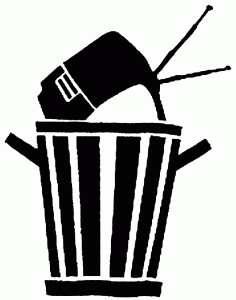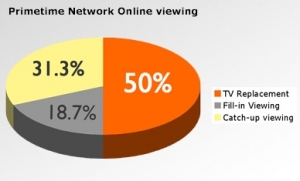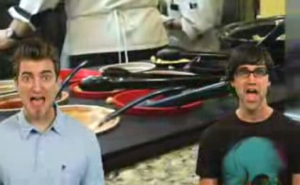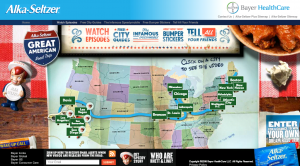It took me quite a bit of research via Adwords (advertisers buying ads) and Adsense (publisher tool to make money) to discover how to buy ads on YouTube. If you want to place an “Invideo” ad (one that sneaks up along the bottom) or other ads, you’ll need a lot of money.
According to Google’s Adwords help, Direct YouTube advertising contracts for US advertisers targeting the US require the following cost commitments. You’ll need to contact an advertising representative, and can learn more on this site on YouTube.
-
- YouTube General: $50K or greater spend on YouTube within 90 days.
- YouTube Brand Channels: $200K or greater spend on YouTube only.
- YouTube Contests: $500K or greater spend on YouTube only.
- YouTube Homepage Roadblock: $175K/day flat fee plus a $50K incremental spend on Google and YouTube over 90 days ($225K or greater total spend). Premium flight dates may require a higher initial flat fee.
But what if you ant to advertise on YouTube for less?
Fear not! (And select “more” below for details)
-
- Follow the sign-up wizard instructions to create your campaign until you reach the ‘Target ad’ section.
- Select List URLs from within the Target Ad Site Tool.
- Enter ‘youtube.com’ in the text box.
- Click Get Available Sites
If you’d like to advertise on YouTube for a lower cost commitment, you can sign up for Google AdWords for as little as $1 CPM (cost-per-thousand impressions) for targeting the entire YouTube site, or $2 for targeting specific YouTube content categories. To get started with AdWords, visit https://adwords.google.com and begin by creating a site-targeted campaign. You can then follow these steps to target your ads to YouTube pages.
These “run of site” or “run of category” ads deliver impressions but are easy to ignore (hence the price).
I think I might try some ads just for fun. I figure if I have to look at a Fred ad on my videos, I might as well try to see if I can get one of mine on his channel.






